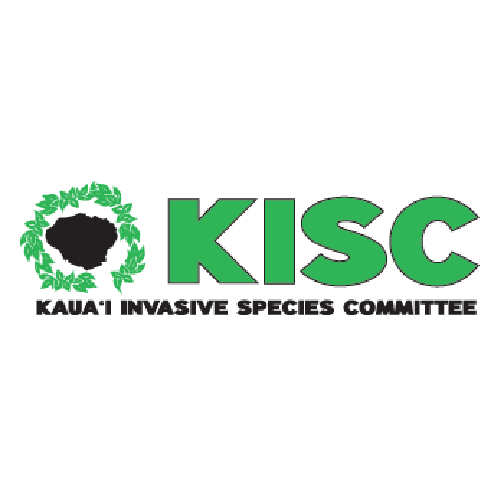Family: Annonaceae
Annona cherimola, commonly known as cherimoya, is a small to medium-sized fruit tree native to the Andes of South America. Cherimoya produces large, heart-shaped fruits with creamy, sweet, custard-like flesh, prized for fresh eating and desserts. The tree grows best in subtropical to mild-temperate climates with well-drained soils and moderate rainfall. It can be propagated by seeds or grafting, and while it requires careful pollination to produce fruit, it has established naturalized populations on Maui and Hawaii Island.
Despite being naturalized, Annona cherimola is rated Low Risk in Hawaii. Its populations are currently limited, and there is little evidence that it spreads aggressively or impacts native ecosystems. Home gardeners and commercial growers can enjoy cherimoya fruits with minimal concern for invasive behavior, though standard best practices for planting and monitoring are recommended.
High Risk Traits:
- Naturalized in Hawai'i and Maui
- Repeated introductions worldwide
- Host for pests (e.g., medfly)
- Self-compatible
- Produces viable seeds
- Persistent seed bank (>2 years)
- Congeneric weed (Annona glabra is invasive)
Low Risk Traits:
- Not weedy or naturalized in most regions
- No spines, toxins, or allelopathy
- Not shade tolerant
- Narrow soil tolerance
- No vegetative reproduction
- Requires specialist pollinators
- Slow maturation (4+ years)
- Low seed production and dispersal




